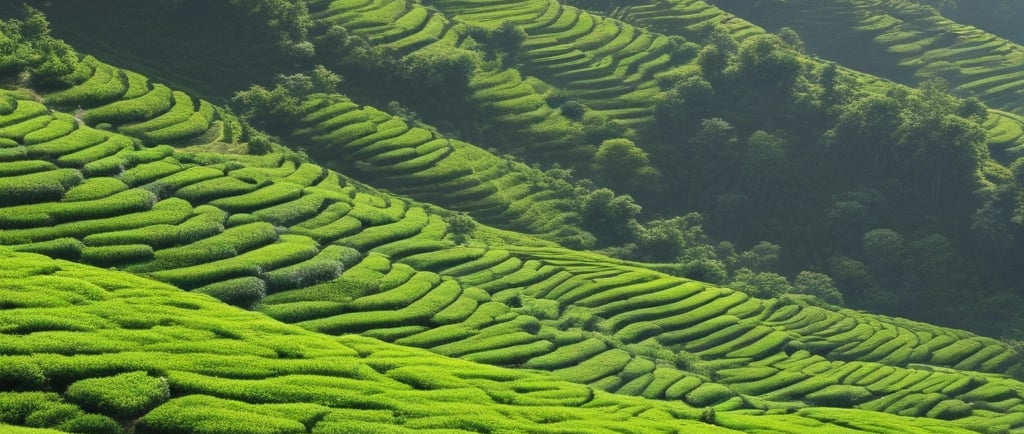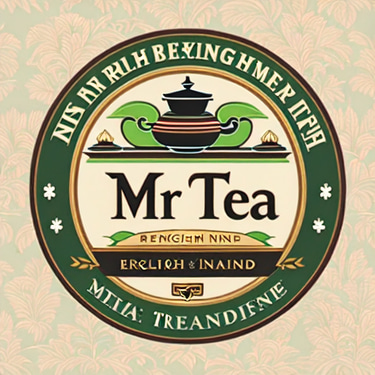Current Market Trends in Wholesale Tea Harvesting Machinery
The market for tea harvesting machinery is evolving with a focus on automation, efficiency, and sustainability. More farmers are adopting mechanized solutions to increase productivity and reduce labor costs. Innovations in waterproof technology, energy-efficient machines, and adaptability to diverse terrains are gaining popularity. Additionally, as global tea exports grow, the demand for high-quality, reliable machines continues to rise. Suppliers are also offering
4/23/20254 min read


Introduction to Tea Harvesting Machinery
Tea harvesting machinery plays a crucial role in the tea production process, significantly impacting yield, quality, and labor efficiency. As demand for tea continues to rise globally, the innovation and deployment of advanced machinery have become increasingly significant. Various types of machinery exist, each designed to cater to specific aspects of the harvesting procedure. These range from manual hand-held tools to sophisticated mechanized harvesters that can operate on large plantations. The selection of appropriate machinery is not only crucial for increasing efficiency but also for enhancing the quality of the harvested tea leaves.
Traditionally, tea harvesting has been a predominantly manual process, involving workers who meticulously pick the tender tea buds. However, advancements in technology have led to the development of various harvesting machines that have transformed this practice. For instance, motorized tea pluckers not only reduce labor costs but also minimize damage to the tea plants, ensuring higher quality produce. Moreover, the introduction of new designs and materials in machinery manufacturing has improved durability and efficiency, paving the way for better harvesting practices.
Understanding the current market trends in wholesale tea harvesting machinery is essential for growers and stakeholders. These trends are influenced by agricultural practices, economic factors, and technological advancements. For example, fluctuations in labor costs may drive producers to invest in mechanized solutions, while environmental considerations could lead to the development of more sustainable machinery alternatives. By keeping an eye on these trends, stakeholders can make informed decisions about machinery procurement, ensuring they remain competitive in the ever-evolving tea industry.
Emerging Technologies and Innovations
In recent years, the wholesale tea harvesting machinery market has seen significant technological advancements that are reshaping traditional harvesting methods. One of the most notable trends is the integration of automation into tea harvesting processes. Automating various steps not only enhances efficiency but also minimizes the reliance on human labor, which can often be both costly and subject to fluctuations in availability. This shift towards automation is driven by the need to improve productivity and maintain a consistent quality in the tea leaves being harvested.
Robotics has emerged as a critical component in modern tea harvesting systems. Companies are developing sophisticated robotic machines that can selectively pick tea leaves, ensuring that only the best quality leaves are harvested. This is especially important, as the quality of the tea is paramount in determining its market value. These robotic systems use advanced sensors and machine learning algorithms to identify ripe leaves and to navigate the fields with precision, dramatically enhancing the harvesting process compared to traditional methods.
Smart harvesting systems are another innovation making waves in the tea machinery market. These systems incorporate the Internet of Things (IoT), allowing farmers to monitor their crops in real-time and to collect data that informs their harvesting strategies. For example, some machinery models enable growers to track the moisture level of the soil and the growth stage of the plants, optimizing the timing of the harvest for maximum yield and quality. As a result, tea farmers can achieve not only better efficiency but also improved product quality, which is essential for competitiveness in the global market.
Specific examples of emerging technologies include automated tea-picking machines like the “TeaBot,” which utilizes advanced mechanization to enhance productivity while employing minimal labor. Such innovations illustrate the significant impact of technology on the wholesale tea harvesting machinery market, leading to a new era in cultivation and production efficiency.
Market Demand and Supply Dynamics
The demand for wholesale tea harvesting machinery has seen a significant increase over the past few years, driven primarily by the ongoing growth in the global tea industry. As consumers develop a greater appreciation for premium and specialty teas, producers are encouraged to invest in superior machinery to enhance their operational efficiency. This trend relates closely to changes in consumer preferences, where quality and sustainability have become paramount. As a result, manufacturers are seeking advanced harvesting technologies that minimize environmental impact while maximizing yield.
Moreover, the rise of sustainable practices within the tea industry plays a crucial role in shaping market demand. Eco-friendly machinery that prioritizes energy efficiency and reduces waste is increasingly favored. This shift not only meets the expectations of environmentally-conscious consumers but also aligns with regulatory measures aimed at promoting sustainable agricultural practices. In turn, these factors are fostering a market ripe for innovation, as suppliers strive to meet these evolving needs through enhanced product offerings.
The interplay between global economic conditions and the wholesale tea harvesting machinery market cannot be overstated. Fluctuations in currency exchange rates, trade policies, and economic growth projections significantly influence investment decisions across the sector. Thus, understanding these dynamics is essential for stakeholders seeking to navigate the complexities of the current market landscape effectively.
Future Outlook and Challenges
The wholesale tea harvesting machinery market is poised for significant evolution in the coming years, influenced by a myriad of factors that reflect both opportunities and challenges. One of the predominant trends is a shift towards sustainability and eco-friendly practices. Industry stakeholders are increasingly prioritizing the development of machinery that minimizes environmental impact while maximizing efficiency. This shift is not merely a response to consumer demand but also an adaptation to regulatory changes aimed at reducing carbon footprints and promoting sustainable agriculture.
In addition to the movement towards sustainability, the wholesale tea harvesting machinery sector is likely to face challenges stemming from competitive pressures. Alternative harvesting methods, such as manual and semi-manual techniques, may regain popularity due to concerns over the cost-effectiveness and environmental implications of mechanization. As these alternative methods become more sophisticated, manufacturers of wholesale tea harvesting machinery will need to carefully assess their competitive strategies in order to remain relevant and profitable.
Another challenge to consider is the constantly evolving regulatory landscape. Governments around the world are enacting stricter guidelines to promote responsible farming practices and labor standards, which may require wholesale tea harvesting machinery manufacturers to invest in compliance measures. This could lead to increased operational costs, which in turn may affect pricing strategies and market dynamics.
Lastly, the development of technology-driven innovations, such as automation and AI, presents both opportunities and complications within the market. While these advancements can enhance efficiency and reduce labor costs, they also necessitate a workforce skilled in operating advanced machinery, thereby presenting challenges in workforce training and adaptation. Overall, addressing these challenges while leveraging emerging trends will be crucial for stakeholders navigating the future of the wholesale tea harvesting machinery industry.
